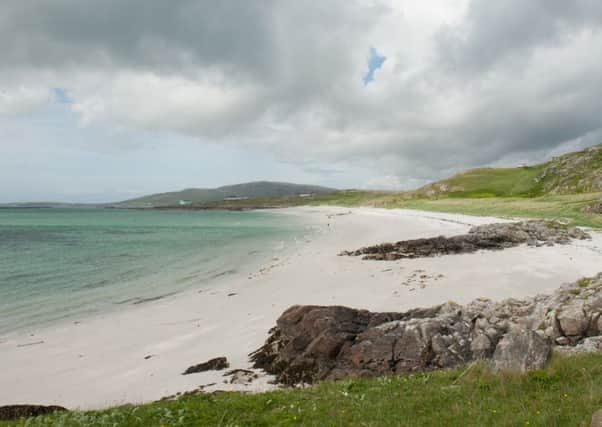Ilona Amos: Doing our bit to keep beaches safe for wildlife


We all like a day beside the seaside – oh we do – even if we’re not actually brave enough to venture into the waves. Surely there’s hardly a more life-affirming experience than settling down for a picnic with the family, huddled together for warmth on a flapping travel rug, lips blue, eyes squinting against the sting of sand whipped up by the breeze. It’s less about guarding against sunburn than windburn. What’s not to like?
But anyone who has spent time on our coasts will have noticed a wide variety of detritus washed up or dumped along the shoreline – everything from odd shoes, plastic bags and bits of old rope to nappies, cotton buds and wet wipes and worse. It’s enough to put you off your slightly gritty sandwiches.
Advertisement
Hide AdAdvertisement
Hide AdHowever, rubbish on beaches is not just an inconvenience for us, it also poses a major hazard for our wildlife. Hundreds of species accidentally eat litter, mistaking it for food, or become entangled in it. This often leads to a slow and painful death.
Earlier this year one of Scotland’s only resident killer whales died as a result of entanglement in discarded fishing gear. The body of the female orca, known as Lulu, was discovered on the Isle of Tiree. She had been part of a pod of just nine animals, known as the Hebridean Community, who live in Scottish waters all year round. Post-mortem results revealed that she had drowned after getting caught up in creel ropes. This is just one example of the damage marine litter can cause.
There is also a major problem with nurdles – tiny plastic pellets of plastic used as raw material in manufacturing. Scientists have discovered these inside the stomachs of puffins found dead in the Firth of Forth.
The bad news is there has been a huge increase in the amount of litter turning up on our coasts in the past two decades. Recent surveys show there was a 34 per cent jump in the quantity of beach litter in just 12 months. Our shores have never been filthier. And of course we are the culprits.
Luckily we can all do something about it – if we want to. We can solve some of the problems by not leaving rubbish behind when we visit our favourite beauty spots and by ensuring we don’t flush unsuitable items down our toilets. We can also sign up to join in this year’s Great British Beach Clean, which is run by the Marine Conservation Society.
Last year’s efforts were the biggest in 20 years of the campaign, with more than 6,000 enthusiastic volunteers turning out to collect rubbish on shores across the country. Between them they found nearly 3,300 pieces of litter on each kilometre surveyed. It’s a shocking figure, with tiny fragments of plastic and polystyrene the most common items. There was also a huge rise in the number of drinks containers turning up, particularly plastic bottles, which increased by 43 per cent in 2015. Metal cans went up by 29 per cent. Only glass bottles went down.
This year’s clean-up will see organised events taking place across Scotland from 16 to 19 September. So even if the sun’s not shining, we should all grab a bin bag and head to our favourite beach. Each bit of trash picked up may be just a drop in the ocean but it all counts.